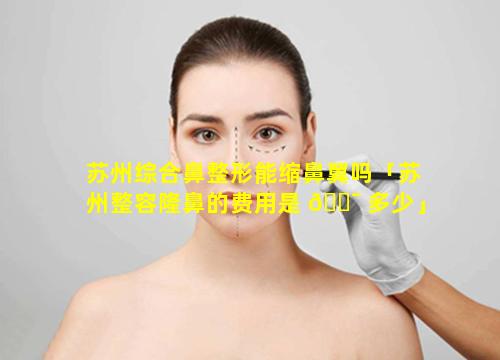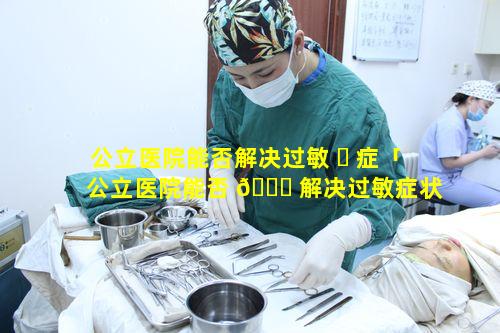牙齿矫正的正确顺序是怎样的能否提供一个详细的图解说明
1、牙齿矫正的正确顺序是怎样的能否提供一个详细的图解说明
牙齿矫正的正确顺序通常包括以下几个步骤,但请注意,每个人的情况可能有所不同,因此以下步骤可能需要根据个人情况进行调整。以下是一个简化的图解说明:
1. 咨询与评估:- 预约牙科医生进行初步咨询。
- 医生进行口腔检查,可能包括X光片和牙齿模型。
- 讨论矫正目标和可能的治疗方案。
2. 制定治疗计划:- 医生根据评估结果制定个性化的治疗计划。
- 讨论治疗时间、费用和预期结果。
3. 准备阶段:- 可能需要进行牙齿清洁、补牙或其他准备工作。
- 如果需要拔牙,将在此时进行。
4. 安装矫正器:- 安装固定矫正器(如金属托槽、陶瓷托槽或隐形矫正器)。
- 如果是隐形矫正,可能需要定期更换定制的矫正器。
5. 定期调整:- 定期回诊进行矫正器的调整。
- 医生会检查牙齿移动情况并进行必要的调整。
6. 矫正过程中的维护:- 学习如何正确清洁和维护矫正器。
- 遵循医生的指导,避免食用硬、粘的食物。
7. 完成矫正:- 当牙齿达到预期位置后,矫正器将被移除。
- 可能需要佩戴保持器以维持牙齿位置。
8. 后续维护:- 定期回诊进行牙齿和保持器的检查。
- 长期佩戴保持器以防止牙齿移位。
请注意,这只是一个大致的流程,具体的治疗计划和步骤会根据个人情况和所选矫正方法的不同而有所变化。在进行牙齿矫正之前,务必与专业的牙科医生进行详细的咨询和评估。
2、牙齿矫正具体的过程是怎么样的
牙齿矫正的过程通常包括以下几个步骤:
1. 初诊咨询:患者首先需要与正畸医生进行初步咨询,医生会了解患者的牙齿问题、矫正期望以及可能的治疗方案。
2. 口腔检查:医生会对患者的口腔进行全面检查,包括牙齿、牙龈、颌骨等,并可能拍摄X光片、口腔扫描或制作牙齿模型,以便更准确地评估牙齿状况。
3. 制定治疗计划:根据检查结果,医生会制定个性化的治疗计划,包括选择合适的矫正器类型(如金属托槽、陶瓷托槽、隐形矫正器等)和预计的治疗时间。
4. 安装矫正器:在确定治疗计划后,医生会在患者的牙齿上安装矫正器。对于固定矫正器,医生会在牙齿上粘贴托槽,并通过金属丝将它们连接起来。对于隐形矫正器,患者会收到一系列定制的透明塑料矫正器,按照顺序佩戴。
5. 定期复诊:在矫正过程中,患者需要定期回医院进行复诊,医生会检查矫正进度,调整矫正器,确保治疗按计划进行。
6. 矫正器调整:随着治疗的进行,医生可能需要定期调整矫正器,如更换金属丝、增加或减少托槽上的橡皮筋等,以施加适当的力量帮助牙齿移动。
7. 矫正完成:当牙齿移动到预定位置,矫正治疗完成后,医生会移除矫正器。
8. 佩戴保持器:为了防止牙齿回到原来的位置,患者需要佩戴保持器。保持器可以是固定的或可摘的,需要按照医生的指导长期佩戴。
9. 定期复查:即使矫正完成并开始佩戴保持器,患者仍需定期回医院复查,确保牙齿稳定。
整个牙齿矫正过程可能需要几个月到几年的时间,具体取决于个人的牙齿状况和治疗计划。在整个过程中,患者需要遵循医生的指导,保持良好的口腔卫生,以确保矫正效果和口腔健康。

3、牙齿矫正的过程带图解
牙齿矫正是一个复杂的过程,通常包括以下几个步骤:
1. 初诊咨询在初诊时,牙科医生会对你的牙齿进行全面检查,包括口腔健康状况、牙齿排列情况等。医生可能会询问你的矫正需求和期望。
2. 制定治疗计划根据初诊结果,医生会制定个性化的治疗计划。这可能包括拍摄X光片、制作牙齿模型、进行面部和牙齿的摄影等,以便更准确地评估和规划矫正方案。
3. 开始矫正根据治疗计划,医生会选择合适的矫正器(如金属托槽、陶瓷托槽、隐形矫正器等)并开始安装。
4. 定期复诊在矫正过程中,你需要定期回诊所进行复诊,医生会检查矫正进度,并根据需要调整矫正器。
5. 矫正完成当牙齿移动到预定位置后,矫正器会被移除。此时,牙齿虽然排列整齐,但仍需要一段时间来稳定。
6. 佩戴保持器为了防止牙齿回到原来的位置,通常需要佩戴保持器。保持器的佩戴时间和方式会根据个人情况而定。
7. 后续维护矫正完成后,定期的口腔检查和清洁仍然是必要的,以确保牙齿和牙龈的健康。
以下是牙齿矫正过程的图解:
1. 初诊咨询- 医生检查牙齿和口腔健康状况。
2. 制定治疗计划- 制作牙齿模型和拍摄X光片。
3. 开始矫正- 安装矫正器(如金属托槽)。
4. 定期复诊- 医生检查矫正进度并调整矫正器。
5. 矫正完成- 移除矫正器,牙齿排列整齐。
6. 佩戴保持器- 佩戴保持器以稳定牙齿位置。
7. 后续维护- 定期进行口腔检查和清洁。
请注意,每个人的矫正过程可能会有所不同,具体的治疗方案和步骤应由专业的牙科医生根据个人情况制定。
4、牙齿矫正的步骤和流程
牙齿矫正是一个复杂的过程,通常包括以下几个步骤:
1. 咨询和评估:- 初次咨询:与正畸医生讨论你的牙齿问题和矫正需求。
- 口腔检查:医生会进行口腔检查,包括牙齿、牙龈和颌骨的状况。
- X光片和照片:可能需要拍摄口腔X光片(如全景X光片、侧颅X光片)和牙齿照片,以便医生全面评估。
- 模型制作:有时需要制作牙齿的石膏模型,以帮助医生规划矫正方案。
2. 制定矫正计划:- 根据评估结果,医生会制定个性化的矫正计划。
- 讨论矫正方法:如金属托槽、陶瓷托槽、隐形矫正器(如Invisalign)等。
- 讨论矫正时间和费用:医生会告知预计的矫正时间和费用。
3. 开始矫正:- 安装矫正器:根据选择的矫正方法,医生会在牙齿上安装托槽、金属丝或其他矫正装置。
- 初始调整:医生会进行初步的矫正器调整,以开始矫正过程。
4. 定期复诊:- 定期调整:通常每4-6周需要复诊一次,医生会调整矫正器,以逐步移动牙齿。
- 监控进度:医生会监控矫正进度,并根据需要调整矫正计划。
5. 矫正完成:- 达到预期效果后,医生会移除矫正器。
- 安装保持器:为了防止牙齿回到原来的位置,通常需要佩戴保持器。
6. 后续维护:- 定期检查:即使矫正完成,也需要定期回诊检查,确保牙齿保持良好状态。
- 保持器佩戴:根据医生的建议,可能需要长期或终身佩戴保持器。
整个矫正过程可能需要几个月到几年不等,具体时间取决于个人的牙齿状况和矫正方法。在整个过程中,遵循医生的指导和建议是非常重要的。




